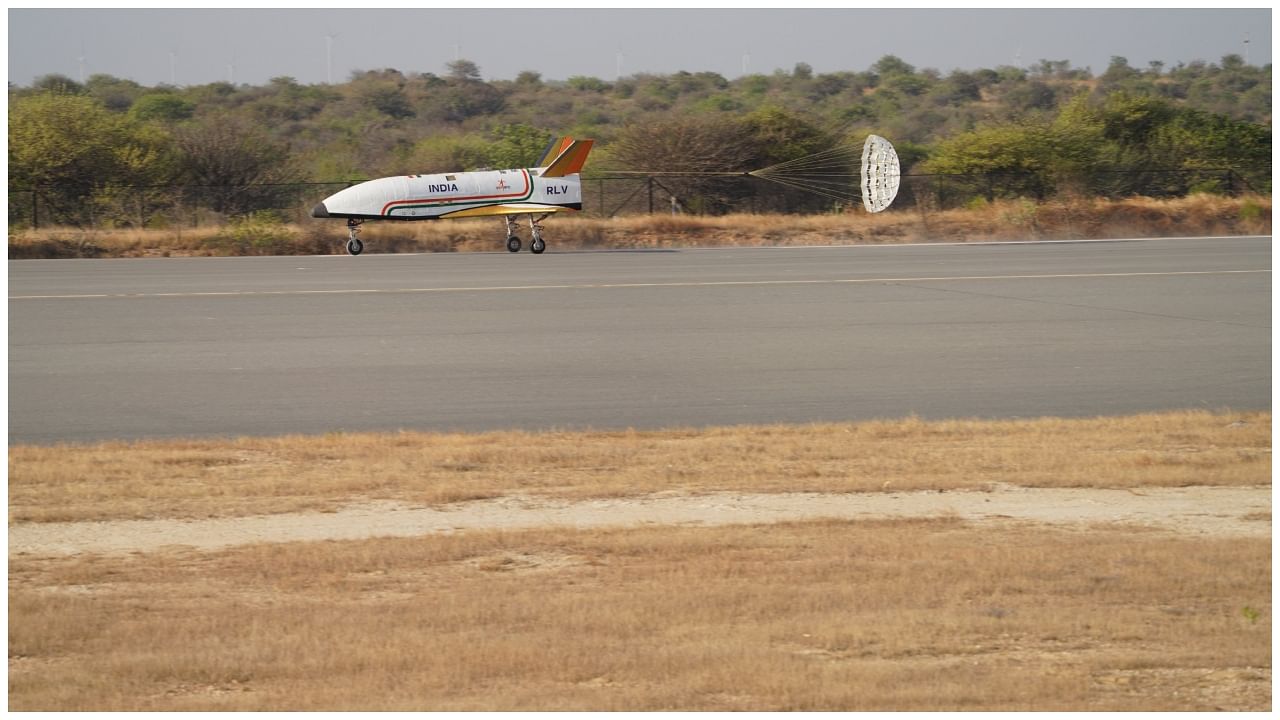
It was a red-letter day in the annals of Indian space history as the Indian Space Research Organisation (ISRO) and Indian Air Force (IAF) successfully conducted the Reusable Launch Vehicle Autonomous Landing Mission (RLV LEX) from Chitradurga, Karnataka.
What is a Reusable Launch Vehicle?
As the name suggests, an RLV is a vehicle that is launched into space many times. As the vehicle can be used for many relaunches, it goes a long way in mitigating costs.
How does it work?
Essentially, an RLV is designed in a way to make it enjoy longevity as it is used in multiple launches and even landings. But the designing is a herculean task because materials used must have the ability to bear extreme conditions, and at the same time, be light and strong so as to enable the vehicle to lift easily.
The basic principle behind the reusable launch vehicle is to make the spacecraft durable enough to withstand multiple launches and landings. This requires designing the vehicle to be both lightweight and strong, and to use materials that can withstand the extreme conditions of spaceflight.
“RLV is essentially a space plane with a low lift-to-drag ratio requiring an approach at high glide angles that necessitates a landing at high velocities of 350 kmph. LEX utilised several indigenous systems,” according to a report by ISRO.
When ISRO conducted the test, the landing was in consonance with that of a Space Re-entry vehicle’s landing that included high-speed, unmanned, precise landing. The landing also saw the vehicle achieving landing parameters such as ground relative velocity, the sink rate of Landing Gears, and precise body rates, as might be experienced by an orbital re-entry space vehicle in its return path, the report adds.
RLVs are fitted with heat shields and the like in order to protectexpensive engines inside.
The technologies involved
The endeavour to launch RLV requires several state-of-the-art technologies. That also includes accurate navigation hardware and software, a Pseudolite system, Ka-band Radar Altimeter, NavIC receiver, indigenous Landing Gear, Aerofoil honey-comb fins and brake parachute system.
On Sunday (April 2), the RLV took off with the help of a Chinook helicopter, as an underslung load. It flew to a height of 4.5 km. Once the altitude was reached, the RLV was released midair, at a down range of 4.6 km.